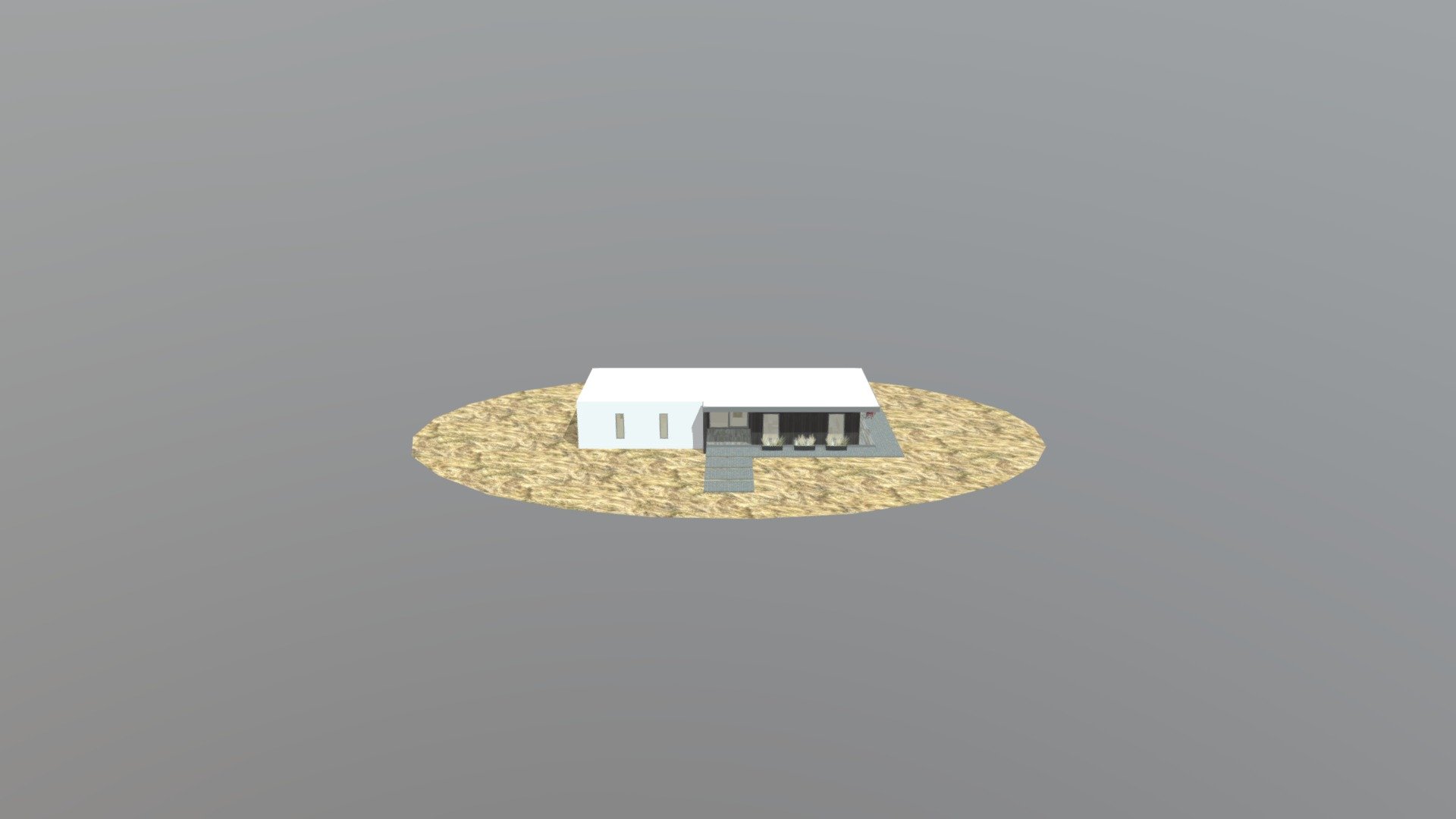
PH_Dunhaven_PREVIEW
sketchfab
Human Error Is Not an Excuse Human error is often cited as a major factor in accidents and failures of all kinds. However, it's worth noting that human error is not always the result of carelessness or recklessness. In many cases, human error is the result of a complex interplay of factors, including lack of training, inadequate equipment, and poor communication. For example, a study on medical errors found that in over 60% of cases, human error was due to a failure in the system rather than individual mistake. This highlights the importance of identifying and addressing systemic issues rather than simply blaming individuals for mistakes. In addition, research has shown that humans are wired to make mistakes. Our brains are prone to cognitive biases and errors, which can lead to mistakes even when we're trying our best. This means that human error is often an inevitable part of any complex system. So, what can be done to mitigate human error? One approach is to design systems with safety in mind from the outset. This includes providing adequate training and support for users, as well as implementing robust safety protocols and checks. By doing so, we can reduce the likelihood of human error and create safer, more reliable systems. Ultimately, human error is a complex issue that requires a nuanced approach. Rather than simply blaming individuals for mistakes, we need to focus on identifying and addressing systemic issues and designing systems that minimize the risk of human error.
With this file you will be able to print PH_Dunhaven_PREVIEW with your 3D printer. Click on the button and save the file on your computer to work, edit or customize your design. You can also find more 3D designs for printers on PH_Dunhaven_PREVIEW.
